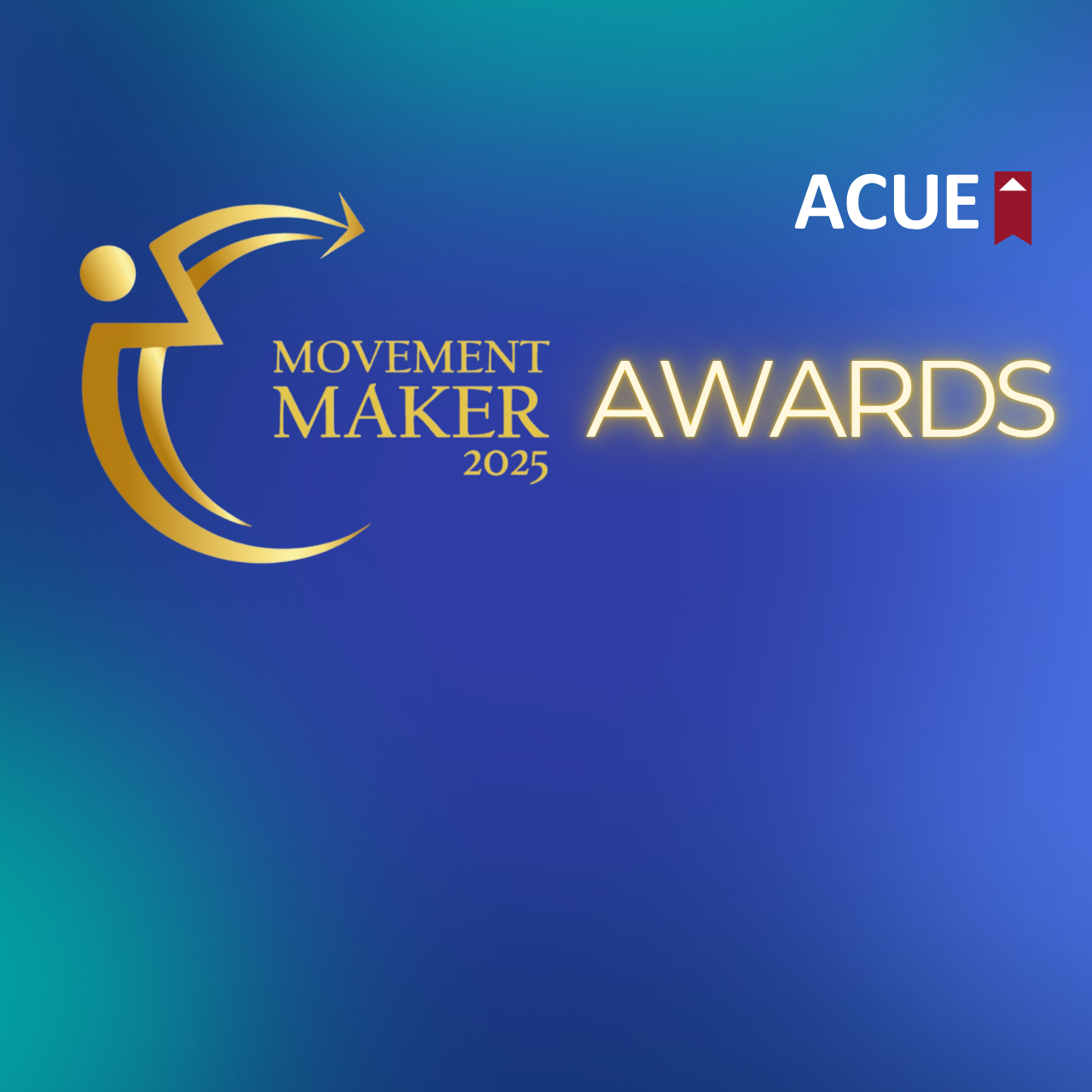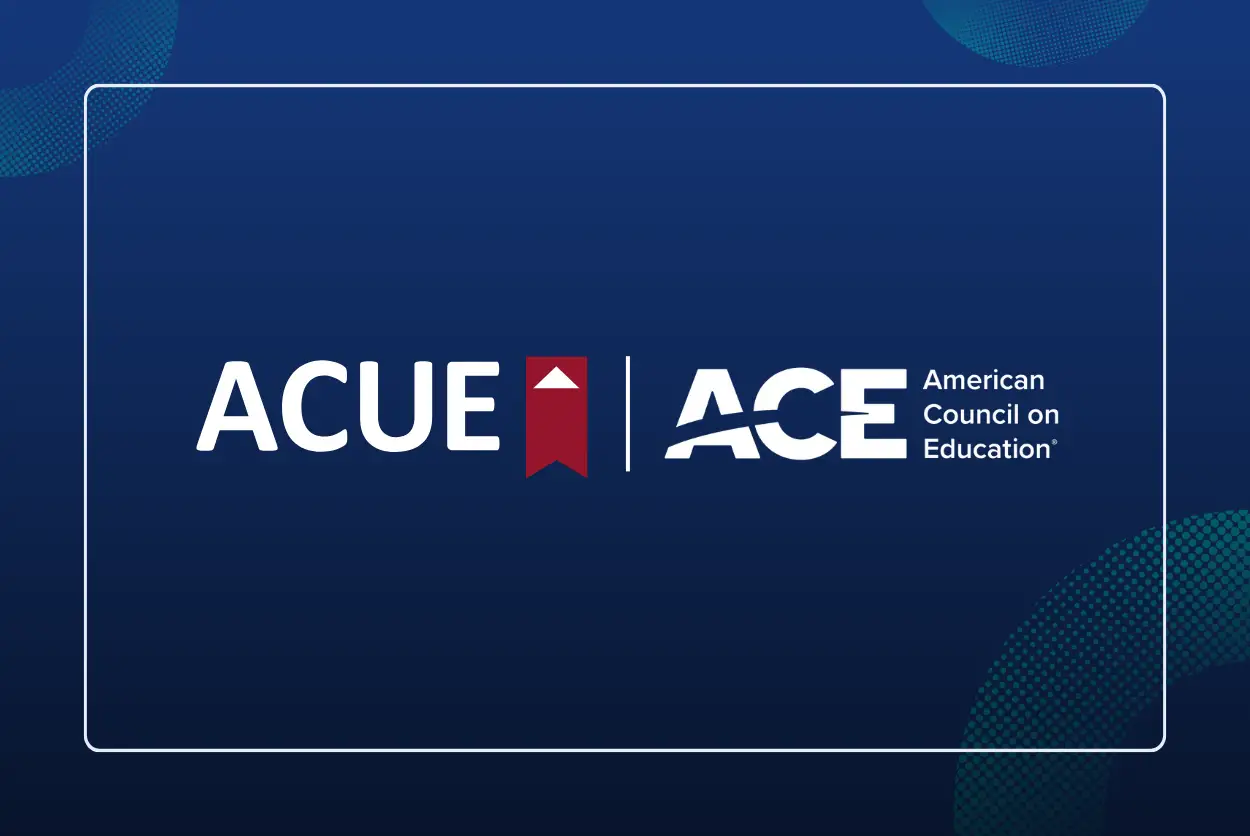“Did you know that I never raised my hand to answer a question once in college?”
“Me neither.”
We had been doing workshops with faculty from our own institution and others about inclusive teaching for quite a while before we had this conversation. It didn’t surprise either of us that we shared this history, because we previously had numerous conversations about how being introverts shaped the way in which we viewed teaching and learning. And we attended enough professional events together to know neither one of us was likely to pipe up with comments in a large group setting. Large group formats usually don’t work for us because they lack facilitators who use multiple modes of gathering comments. They don’t work for many of our students, nor do they work for professionals at conferences or employees in meetings.
Besides introversion, many students don’t “speak up,” even with incentives, because they don’t want to risk being wrong, don’t have the “right” accent, don’t feel comfortable with their peers, don’t come from a culture that rewards speaking out, or don’t think their contributions add value. When we examine our own teaching, and ask others to observe us, it is worth asking the question, “Who is missing from the full learning experience here?”
Teaching inclusively requires faculty to reflect intentionally on the decisions they make in their course that affect who is not being included or heard. Our goal when we work with faculty in workshops is to have them embrace the idea that the inherent diversity of their students is not a problem and acknowledge that a lack of structure in both course design and classroom environment hurts students unequally. We then provide some practical, easy-to-use tools to empower faculty to make their courses more inclusive. It’s worth focusing on the two areas to which faculty can bring more structure: course design and classroom environment.
Course design
The structure of the course design includes decisions about the number of assignments—the distribution of low-stakes vs. high-stakes assignments, how “participation” will be graded, opportunities for practice and feedback, the types of readings, the diversity of authors of those readings, and so much more. Students on our campus, like many, are already noticing a lack of diversity in the syllabus and the need for enhanced practice via technology.1,2 When there isn’t enough structure in a course design, there will be inequity. For example, a course based on only a few high-stakes exams or papers (i.e., low structure) might be fine for a resource-savvy student who knows how to distribute studying and access peer support and university support services. Other students will wait to cram, not know how to approach peers outside the classroom, and not know about support services before it is too late. Increasing structure, such as building low-stakes, regular assessment into a class, levels the playing field. We’ve been inspired by Scott Freeman’s work on the impact on student outcomes when course structure is increased.3
Course environment
The course environment includes how we facilitate a conversation to hear from a variety of people through oral, written, or digital communication, the “rules and guidance” we set for interactions within a classroom, how instructions are given for students to interact and collaborate, opportunities for students to participate beyond listening, etc. When there is not enough structure in the environment, some students’ contributions will be missing. In our case as introverts, we won’t raise our hands, but we would be more than happy, for example, to work in small groups with our peers, submit answers via technology or note cards, and share our ideas via discussion boards. As introverts, we feel slighted when there aren’t other ways we can show you we too are engaged. These same feelings hold true for other students who are unrepresented in a myriad of different ways and don’t feel comfortable contributing to the classroom conversation. We’ve been inspired by the work of Kimberly Tanner, who has published a list of many excellent techniques we’ve been putting into practice for years.4
Why teach inclusively?
Along the way, through our own scholarship of teaching and learning work, we’ve come to see tremendous benefits to our students’ success in our classrooms as we’ve incorporated more structure of course design and environment. Performance on summative assessments improved for all students. Kelly has documented closing of the achievement gaps for underrepresented students and increased feelings of community in her introductory biology course.5 Viji has found interest and motivation increased significantly in her introductory statistics course and improved grades for everyone.6 Teaching in this way makes it transparent to students that there is value in assembling as a group and that multiple perspectives are not only valued, but necessary for learning. In short, by making classrooms more inclusive, we’re broadening the pool of students who are inspired by the course content and successfully complete the course.
How to teach more inclusively
One way in which you can immediately foster inclusive teaching is to ask, listen, and learn from your own students. For example, we recently facilitated a campus-wide conversation on inclusive teaching.7 Faculty reflected on challenges to inclusion and students reflected on what inclusion meant, as well as what noninclusion meant. Students often alluded to the course structure, for example:
- “My grade depends on speaking out in class . . . this makes me feel like I do not belong or am somehow doing something wrong by being shy or introverted.”
- “All the professor does is talk. It is often the case where the professor only talks and goes through the lecture slides. This makes me feel like the ‘learning’ aspect is not important.”
Some faculty expressed their frustrations with wanting to teach more inclusively, but also suggested the need for faculty development and training to do so. After all, our faculty want all of our students to learn, but many of us, in the absence of training, teach in the way we were taught. But, we must remember we aren’t representative of our students. If we truly want all students to successfully master the content of our courses, we must also provide the appropriate structure and guidance to do so. We succeeded academically and, for the most part, navigated a variety of classroom experiences successfully. The classrooms, students, and technology are shifting, so our teaching should as well.
For some, learning to teach inclusively may mean an intensive redesign of their course, but in our workshops with faculty across the country, we also like to give them smaller, hands-on strategies that they can put to use right away. Here are a few:
- When you pose a question to your class, consider a think-pair-share, but actually give students time to think! Tell them there will be 1 to 2 minutes of silent reflection (consider setting a timer) and then you will let them know that discussion can begin.
- Vary who reports out for small-group work by assigning a “reporter.” We like to foster community by asking students to share something about themselves in their small group. For example, the reporter should be the person whose home is farthest away, or the person with the most number of siblings.
- Do an anonymous index card swap to get a variety of ideas heard. Students can respond to a question you pose on an index card. Ask them to swap with a neighbor, and then swap 3 to 5 times until everyone has a card. Randomly call on students to read the card in front of them.
To reflect and improve upon teaching practices more broadly, we suggest the following practices:
- Survey your students: Ask them early and directly for ways that they can feel included as well as what has previously made them feel excluded. Address their responses.
- Participate in peer observation and evaluation: Consider having a peer evaluate your resources (syllabi, course management site, readings, etc.) with an eye towards inclusion. Invite a colleague (or two!) to observe you teach using rubrics specifically geared towards peer observation.
- Attend teaching and learning workshops: Seek out workshops on inclusive teaching or classroom facilitation.
Teaching inclusively makes it explicit to our students that we value them and their contributions. And while we’re still not the types to raise our hands or the first to speak, we’ve learned that this “deficit” has become a major strength in our teaching and faculty development work.
References
- Drysdale, C. (2018, February 11). Letter: Online resources democratize education. The Daily Tar Heel. Retrieved from http://www.dailytarheel.com/article/2018/02/letter-1-021218
- Ellenburg, E. (2018, January 31). Are UNC’s syllabi excluding underrepresented groups? The Daily Tar Heel. Retrieved from http://www.dailytarheel.com/article/2018/01/diverse-coursetexts-0131.
- Haak, D. C., HilleRisLambers, J., Pitre, E., & Freeman, S. (2011). Increased structure and active learning reduce the achievement gap in introductory biology. Science, 332, 1213–1216. https://doi.org/10.1126/science.1204820
- Tanner, K. D. (2013). Structure matters: Twenty-one teaching strategies to promote student engagement and cultivate classroom CBE—Life Sciences Education, 12, 322–331. https://doi.org/10.1187/cbe.13-06-0115
- Eddy, S. L., & Hogan, K. A. (2014). Getting under the hood: How and for whom does increasing course structure work? CBE—Life Sciences Education, 13, 453–468. https://doi.org/1187/cbe.14-03-0050
- The University of North Carolina at Chapel Hill Center for Faculty Excellence. (n.d.). Faculty spotlight: Viji Sathy. Retrieved from https://cfe.unc.edu/2016/10/viji-sathy/
- Redus, A. (2016, September 20). Carolina Conversations holds its first event of the year. The Daily Tar Heel. Retrieved from http://www.dailytarheel.com/article/2016/09/carolina-conversations-holds-its-first-event-of-the-year
Kelly Hogan and Viji Sathy are both award-winning professors with a combined 20+ years in the classroom at the University of North Carolina at Chapel Hill. They are passionate about student success, equity, and inclusion in the classroom. They have expertise on inclusive techniques and active learning in any size crowd, because both teach courses routinely with hundreds of students. On their campus, they lead innovative classroom and diversity administrative initiatives that benefit all students, faculty, and staff. Dr. Hogan and Dr. Sathy are also involved in numerous curriculum reforms, including bringing course-based undergraduate research experiences (CUREs) and “making” to all disciplines. Beyond the campus, both have been featured experts in ACUE’s Course in Effective Teaching Practices, have been active in the scholarship of teaching and learning in their respective disciplines of biology and statistics, and offer workshops across the country to faculty and administrators to facilitate inclusive classrooms and meetings. To learn more, go to inclusified.net.








